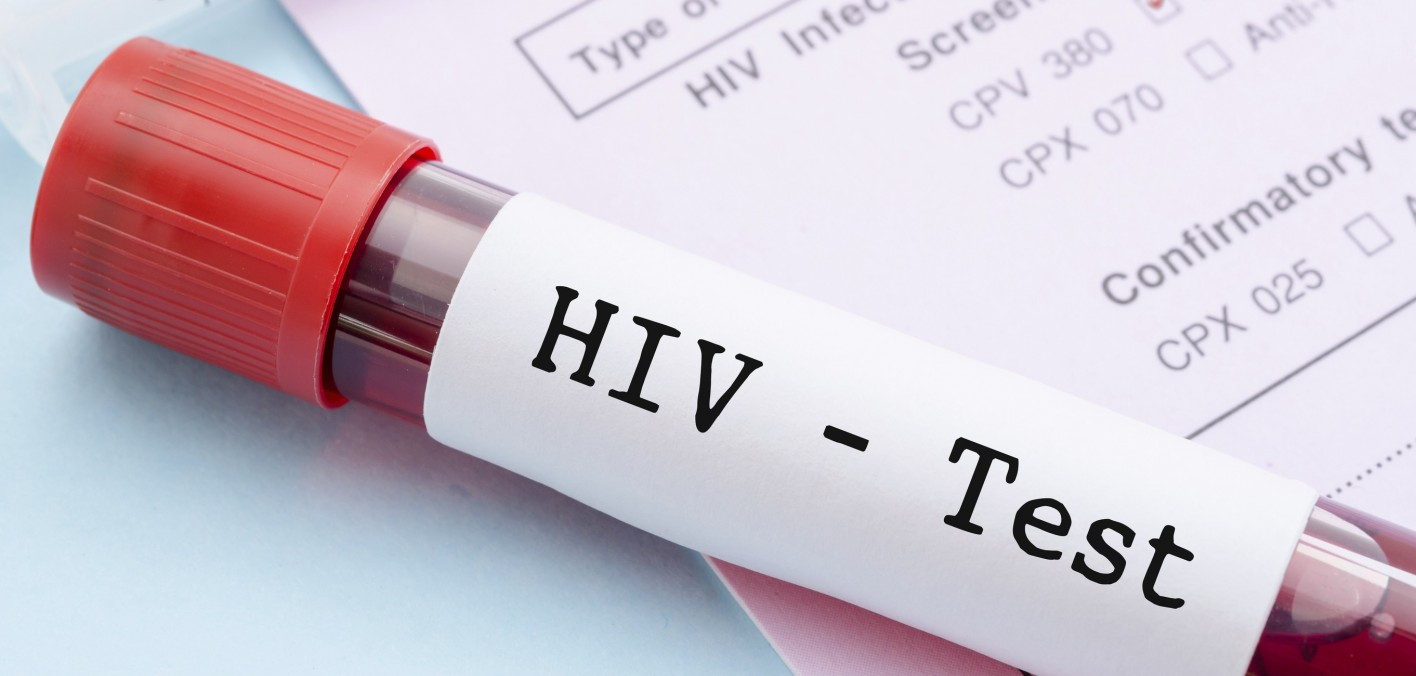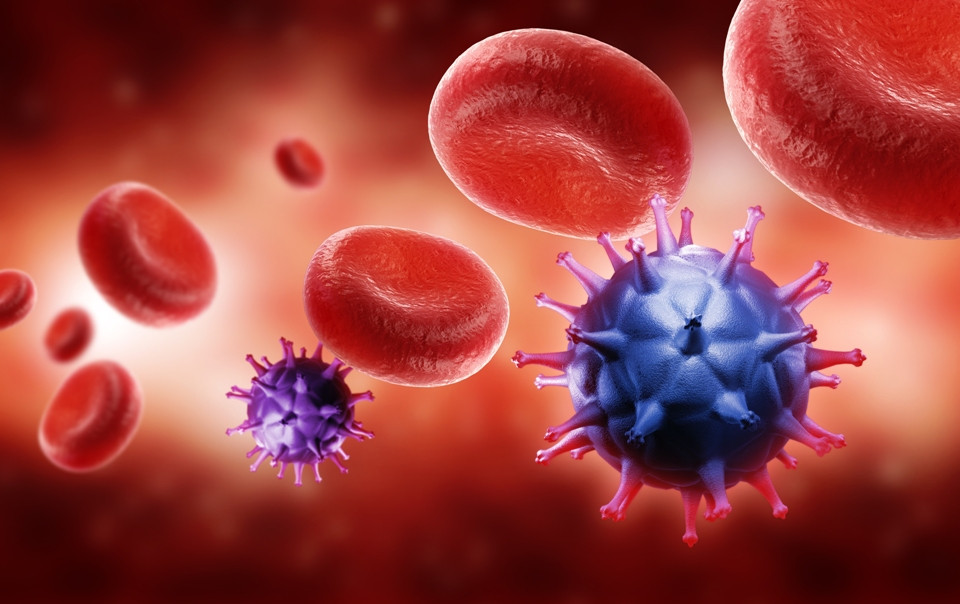Definition
Mole ulcer (chancroid, soft chancre) is a bacterial infection that causes sores on the genitals. It is classified as a sexually transmitted infection (STI). It is highly contagious but curable. In the past, mole ulcers were common in many countries around the world, but increased awareness and lifestyle changes related to sexual activity, combined with advances in diagnosis and therapy, have led to a dramatic decrease in incidence. However, the disease remains common in developing countries such as Africa and the Caribbean. In these areas, outbreaks occur in at-risk groups, such as those working in the sex industry.
The presence of mole ulcers greatly increases the risk of contracting and transmitting HIV. Mole ulcers cause skin breakdown on the genitals. This increases the likelihood of HIV entry into blood vessels and immune cells. In other words, these ulcers provide a place for bacteria and viruses to enter and grow.
The World Health Organization (WHO) estimates that the presence of STIs in the form of genital sores increases the risk of HIV by 10-50% in women and 50-300% in men.
Causes
Mole ulcers are caused by the highly infectious bacterium, Haemophilus ducreyi. Bacteria enter the body via microdamaged or injured skin or mucous membranes, causing an inflammatory response. The bacteria then produce a toxin that has a damaging effect, causing wounds or ulcers. H. ducreyi is transmitted through sexual activity by direct contact with the ulcer or by entry of the bacteria into the eyes and wounded skin.
Risk Factor
Risk factors that may increase the risk of developing mole ulcers include:
- Dark-skinned people. Although not proven to be affected by race, mole ulcers are most common in dark-skinned people. This is because the incidence of the disease is higher in Africa and the Caribbean
- Men who have not been circumcised. Studies are showing that circumcision reduces the risk of syphilis infection and mole ulcers. However, this still requires further research
- Low socioeconomic status
- Commercial sex workers
- Drug abuse
- Travelers from areas with a high incidence of mole ulcers
- Suffering from other sexually transmitted infections
- Young age. Although mole ulcers can affect anyone, they are usually found in sexually active young people. The most common age group is 21 to 30 years old
Symptoms
Symptoms of mole ulcers appear 1 to 2 weeks (average 5-7 days) after infection. It generally begins with a small, painful reddish spot on the genitals. After a few days, the spot fills with pus and erodes, forming a deep, painful, and dirty-looking wound known as a "mole ulcer." The wound's base is typically covered in a grayish-yellow odorous discharge. The number of ulcers may be single or multiple and vary in size from 1-20 mm (average 1-2 cm).
These ulcers may be accompanied by painful enlarged lymph nodes in the groin (buboes), which are typically found on one side. Buboes occur in approximately 50% of mole ulcer cases and are more common in men. Buboes usually develop within 1 to 2 weeks.
People with both HIV and mole ulcers are more likely to develop multiple and long-lasting (chronic) genital sores, as well as enlarged lymph nodes.
In women, H. ducreyi infection usually causes no symptoms. If present, symptoms are usually painful urination, painful sexual intercourse, vaginal discharge, or anal discharge. Ulcers usually develop on the vaginal lips, vaginal opening, clitoris, cervix, and anus. Also, in women, once a spot forms, it is more likely to heal without becoming a wound.
In both men and women, adjacent ulcers may merge into one large ulcer.
Diagnosis
There are no laboratory tests that can confirm the diagnosis of a mole ulcer. A definitive diagnosis is based on bacterial culture, which is done by taking a sample of the ulcer fluid and growing it in the laboratory. However, this test is rarely available. At present, it is thought that PCR testing holds promise in the diagnosis of mole ulcers.
The CDC publishes a case definition of probable mole ulcer where all of the following criteria are met:
- One or more painful genital wounds or ulcers
- The ulcers and enlarged lymph nodes are typical of mole ulcers
- No evidence of syphilis infection, which can also cause genital sores
- PCR or culture results indicate no infection with the herpes simplex virus, which can also cause genital sores
It is more difficult to diagnose mole ulcers in women than in men. Because the symptoms are not typical, mole ulcers in women are often misdiagnosed as urinary tract infections.
In addition to screening for mole ulcers, your doctor may recommend that you get screened for other STIs like syphilis, HIV, gonorrhea, and chlamydia.
Management
Mole ulcers are easily treated with the right antibiotics, although in people with HIV, longer therapy is required. Proper treatment can cure the infection, minimize complications, and prevent transmission. If you are in therapy, then you should not have unprotected sex.
Treatment should begin as soon as possible after a physical examination confirms the diagnosis of a mole ulcer, as there are no laboratory tests that are sufficiently precise, rapid, and sensitive. Patients with mole ulcers will receive antimicrobial therapy for H. ducreyi and other common STIs. Antibiotics used include azithromycin, ceftriaxone, ciprofloxacin, and erythromycin.
Sexual partners of people with mole ulcers should be examined and treated, even if they were asymptomatic and had sex within 10 days of the symptoms appearing.
Buboes can be removed using either needle aspiration or surgery (incision and drainage). The incisional drainage technique is preferred because it prevents recurrences.
Infection with mole ulcers does not provide lifelong immunity to the disease, so re-infection may occur.
Complications
Mole ulcers are not deadly and do not cause infection of the whole body, even in HIV patients. However, people with HIV may develop more severe symptoms, including more ulcers, longer healing times, a poorer response to standard therapy, and even treatment failure.
Without treatment, genital ulcers will self-resolve in one to three months and may develop complications such as pus accumulation in the bum. Buboes may also rupture spontaneously and form a deep wound on the groin that is difficult to heal and continues to ooze pus-like fluid. The ulcer may also become further infected, leading to tissue death. This infection can spread rapidly to deeper layers of skin or tissue, causing significant damage to the genitals.
Prevention
Mole ulcers can be prevented by wearing condoms or other forms of protection during sexual intercourse. Other ways to prevent it are:
- Engaging in safe sexual activity, e.g. not changing partners
- Avoiding activities that increase your risk of getting a mole ulcer or other STIs
- Tell your partner if you have a mole ulcer so they can be examined and treated properly.
- Circumcision is said to reduce the incidence of mole ulcers in men
When To See A Doctor?
You should consult a doctor if you experience the following:
- You have symptoms of a mole ulcer
- You had sexual intercourse with a person who has an STI
- You have had risky sexual intercourse
Looking for more information about other diseases? Click here!
- dr Anita Larasati Priyono
Chancroid Medication: Antibiotics. Emedicine.medscape.com. (2022). Retrieved 27 May 2022, from https://emedicine.medscape.com/article/214737-medication.
Irizarry, L., Velasquez, J., & Wray, A. (2022). Chancroid. Ncbi.nlm.nih.gov. Retrieved 27 May 2022, from https://www.ncbi.nlm.nih.gov/books/NBK513331/.
Chancroid. CDC. (2021). Retrieved 27 May 2022, from https://www.cdc.gov/std/treatment-guidelines/chancroid.htm.
What is Chancroid?. Healthline. (2022). Retrieved 27 May 2022, from https://www.healthline.com/health/chancroid#prevention.
Chancroid. UF Health, University of Florida Health. (2022). Retrieved 27 May 2022, from https://ufhealth.org/chancroid.











